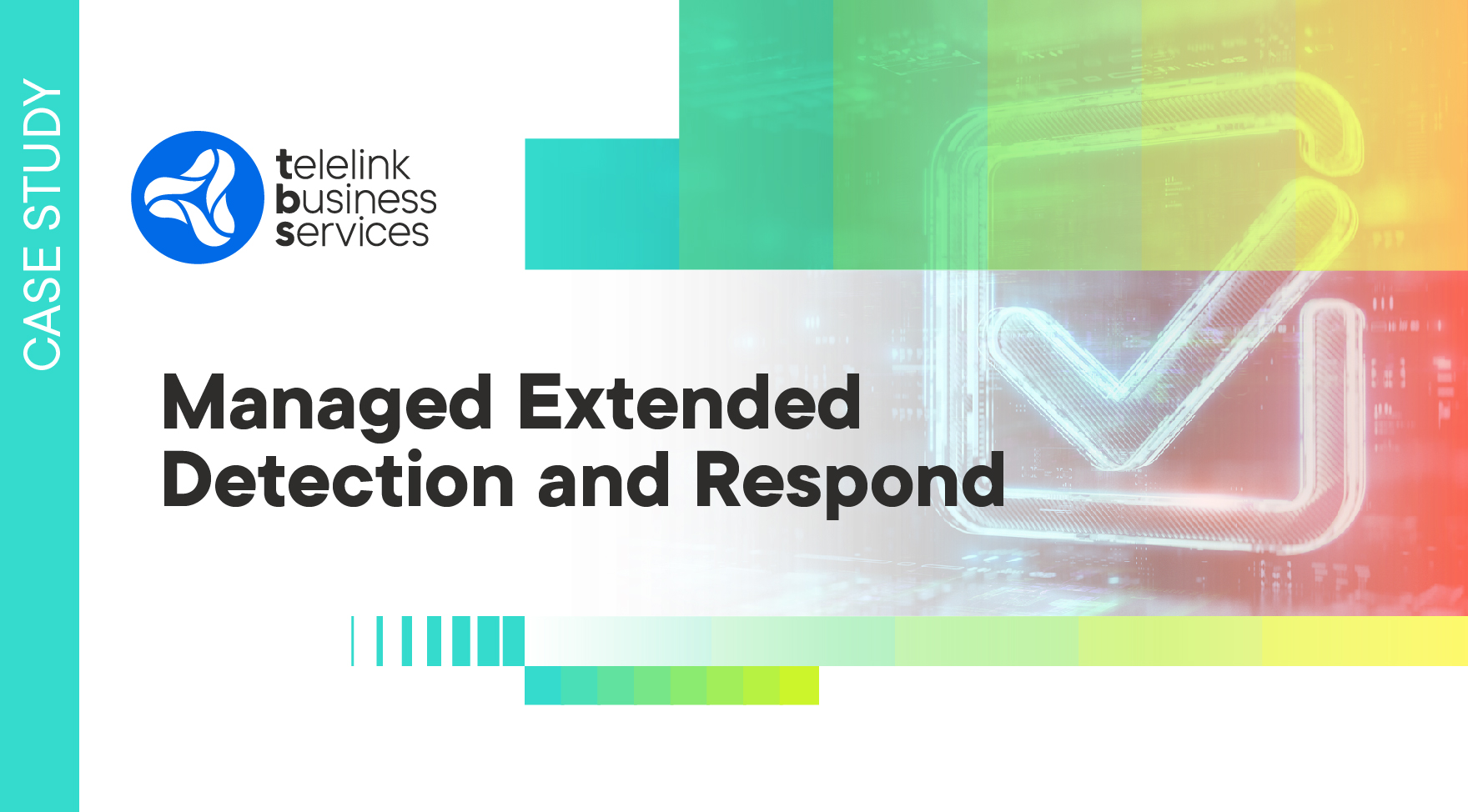Optimized IT Service Management
Summary
Leveraging ServiceNow Service Mapping, organizations can dynamically visualize and comprehend the complex interdependencies among IT services, applications, and infrastructure. This not only facilitates expedient analysis of the ramifications of IT changes and hastens incident resolutions but also enables proactive problem management and ensures that documentation remains current with minimal manual intervention. Furthermore, it aids in optimizing resource allocation, potentially leading to cost reductions, and enhances service level management by providing a clear view of how infrastructure supports critical services. This comprehensive approach significantly improves IT service reliability and efficiency, positioning organizations to successfully navigate their digital endeavors.
Background
In the intricate web of IT services, applications, and infrastructure within organizations, comprehending and visualizing the complex relationships and dependencies is pivotal for effective IT service management, especially in the context of the ever-evolving digital landscape. Ensuring seamless operations, rapid incident responses, and efficient change management amidst this complexity necessitates a real-time, clear view of these interdependencies, which has become a significant challenge for many businesses.
Scenario
An organization employs numerous IT services, applications, and infrastructure components, all interlinked to facilitate smooth operations and integrations. The challenge lies in visualizing and understanding these intricate relationships and dependencies, which is crucial for efficient change management, rapid incident resolution, and optimal resource allocation. The dynamic nature of IT deployments further complicates maintaining an up-to- date, clear view of these relationships, posing difficulties in ensuring effective IT service management and meeting service level agreements (SLAs).
Solution
The proposed solution involves employing ServiceNow Service Mapping to provide real-time visualization and understanding of the complex relationships and dependencies among IT services, applications, and infrastructure components.
Benefits
Change Impact Analysis: Enables organizations to swiftly assess the potential impact of changes to IT services and infrastructure, thereby minimizing the risk of disruptions during updates and upgrades.
Faster Incident Resolution: Facilitates a better understanding of dependencies between services and components, which aids in quicker incident identification and resolution, reducing downtime.
Proactive Problem Management: Allows organizations to identify and address potential issues before they escalate into incidents, thereby enhancing service reliability.
Accurate Documentation: Automatically maintains up-to-date documentation of the IT environment, reducing manual effort and ensuring that documentation is always current.
Resource Optimization: Provides insights into resource utilization and dependencies, enabling better resource allocation and optimization, potentially resulting in cost savings.
Service Level Management: Improves service level management by visualizing how infrastructure components support critical services, enabling more precise service monitoring and compliance tracking.


